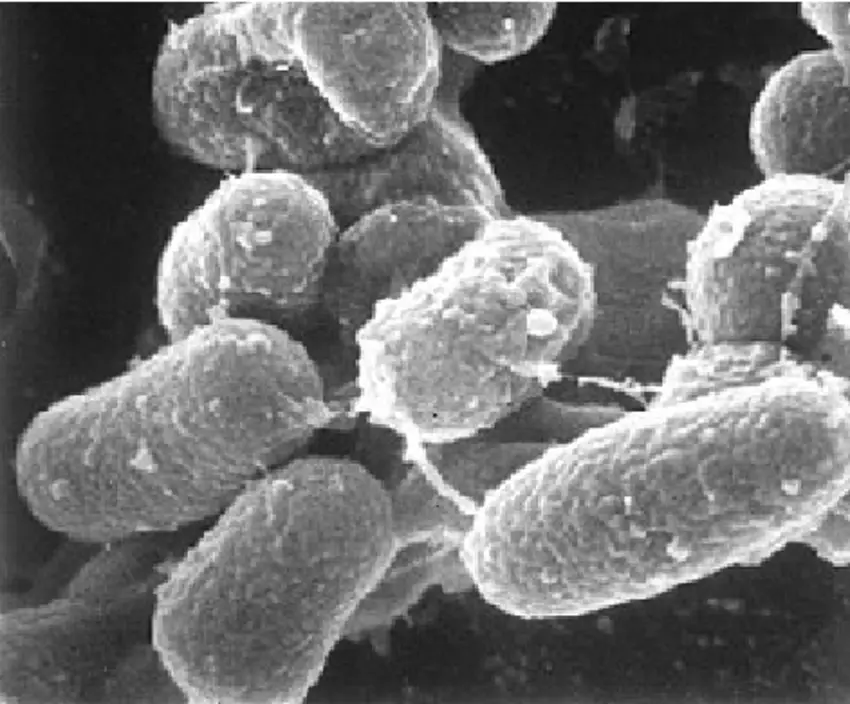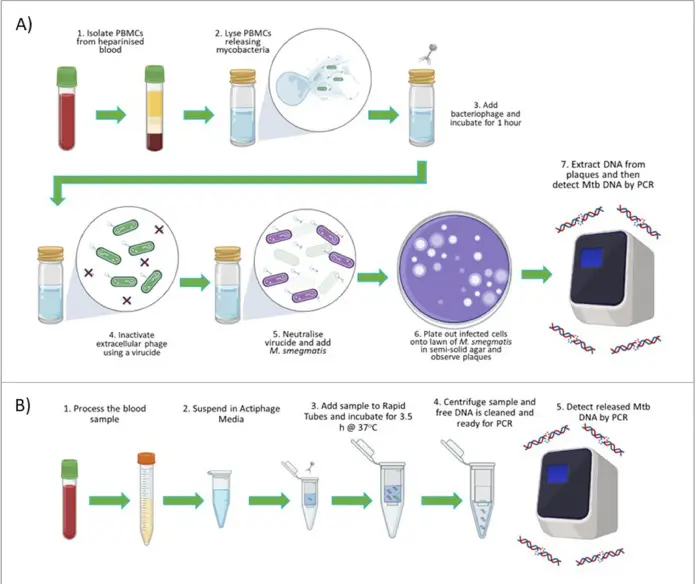Johne's disease, or paratuberculosis, is still a problem in the public health and livestock industries because its causative agent, Mycobacterium avium subspecies paratuberculosis (MAP), is persistent and stealthy. While still in use, traditional diagnostic techniques frequently have low sensitivity, slow turnaround times, and trouble identifying subclinical infections.
Our capacity to detect, track, and manage MAP in real time has been fundamentally altered by the development of molecular diagnostics, which has improved biosecurity, allowed for earlier intervention, and allowed for better research choices.
🧪 PCR (Polymerase Chain Reaction): Fast, Reliable, and Widely Adopted
PCR's high sensitivity and specificity make it a molecular cornerstone for MAP detection.
- How It Works: PCR amplifies specific fragments of MAP DNA from complex samples like feces, milk, blood, or tissues even when only a few bacterial cells are present.
-
Variants in Use:
- Conventional PCR: Ideal for confirming MAP presence in lab settings.
- Real-Time qPCR: Provides quantitative data, enabling not just detection but also an estimate of bacterial load.
-
Advantages:
- Detects MAP long before clinical symptoms appear.
- Speeds up diagnosis from months (in culture-based methods) to just a few hours.
- Increasingly adapted for on-site veterinary use, thanks to portable PCR machines and diagnostic kits.
🧬 Next-Generation Sequencing (NGS): Deep Dive into MAP Genomics
NGS offers an unprecedented look into MAP’s genetic makeup.
-
Applications:
- Whole-genome sequencing (WGS) helps identify strain-specific mutations and virulence factors.
- Metagenomics reveals the presence of MAP in complex microbiomes, such as in gut flora or environmental samples.
🧫 Biosensors, CRISPR & Isothermal Amplification: Next-Gen Innovation
Beyond PCR and NGS, innovative molecular platforms are emerging for ultra-rapid, field-deployable MAP detection.
🟢 Biosensors
- Detect MAP antigens or DNA in milk or feces within minutes using colorimetric or fluorescence-based signals.
- Ideal for low-resource settings and routine herd surveillance.
🧬 CRISPR-Based Diagnostics
- CRISPR-Cas systems (like SHERLOCK or DETECTR) are being adapted to recognize MAP-specific sequences with extreme sensitivity.
- These tests can work with minimal equipment and deliver results in under 60 minutes.
📊 Integration with Digital Platforms & Big Data
Modern diagnostics are now connected to cloud-based systems and AI tools, enabling real-time data sharing and epidemiological tracking.
- Interactive dashboards compile and visualize diagnostic data from different farms or regions.
- AI algorithms can detect unusual infection patterns, identify emerging hotspots, and help prioritize biosecurity interventions.
- Researchers use this data to model transmission routes, simulate outbreak scenarios, and design preventive strategies.
💡 Why It Matters: The Future of MAP Control
Paratuberculosis often goes unnoticed in the early stages, spreading silently within herds and across environments. Molecular diagnostics are giving us the ability to intervene before visible symptoms arise, stopping the spread and reducing long-term economic and animal welfare costs.
These technologies are not only revolutionizing MAP detection but also:
- Improving food safety
- Contributing to global One Health efforts
- Enhancing our understanding of MAP’s role in human diseases such as Crohn’s disease


